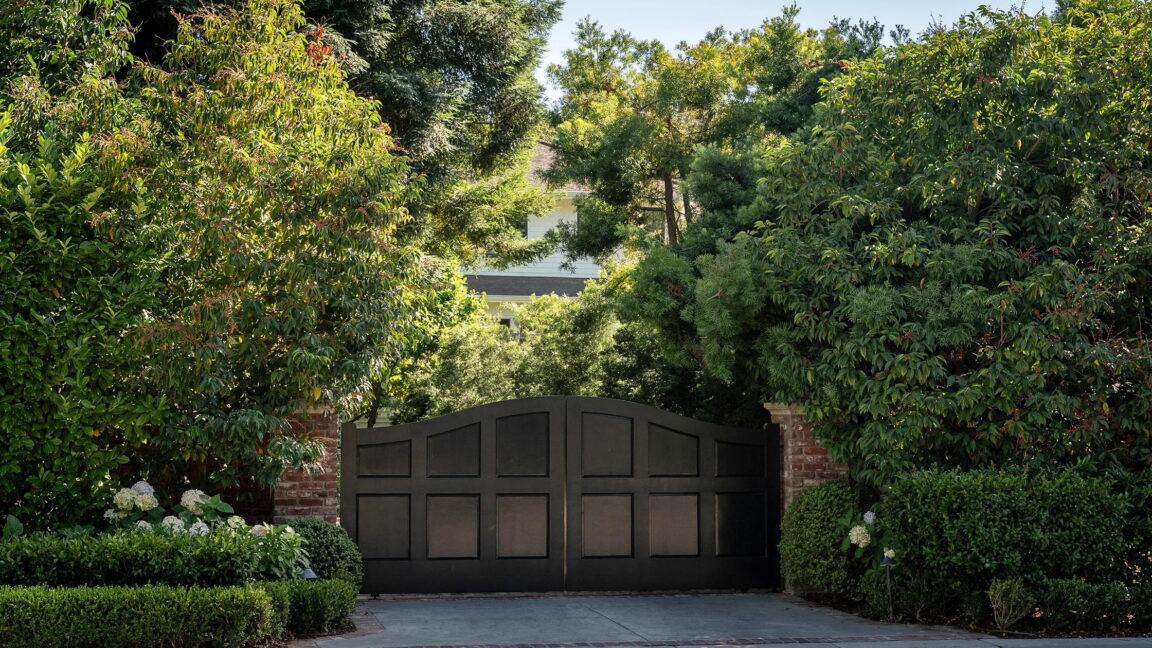If the songbirds in your neighborhood are waking you up earlier and chirping well into the evening, blame light pollution. Artificial light touches nearly every corner of Earth’s surface, and a new study shows that it’s messing with birds’ biological clocks.
Researchers analyzed a global acoustic dataset of more than 60 million recorded birdsongs representing more than 580 diurnal bird species. The findings, published Thursday, August 21, in the journal Science, show that light pollution has prolonged birdsong by an average of 50 minutes per day in the brightest landscapes, such as cities. Birds in these areas begin singing an average of 18 minutes earlier in the morning and stop 32 minutes later in the evening compared with those in the darkest landscapes, underscoring the effects of artificial light on bird behavior across species, space, and seasons.
“Light pollution is a growing concern for human and wildlife health, with current estimates of 80% of the world and more than 99% of U.S. and European populations living under light polluted skies,” study authors Brent Pease and Neil Gilbert told Gizmodo in an email. Pease is an assistant professor of biodiversity conservation at Southern Illinois University, and Gilbert is an assistant professor of biology at Oklahoma State University. “While the outcomes of this pollution source on human health are widely studied, how it is affecting wildlife across the world is still a developing topic,” they added.
Analyzing birdsongs heard ’round the world
Gilbert and Pease used data gathered by the BirdWeather project—a global citizen-science initiative that records and analyzes bird vocalizations—to investigate the impact of light pollution on diurnal birds. They compiled 61 million vocalizations captured between March 2023 and March 2024, then calculated vocalization onset and evening cessation relative to various sunlight phases.
The researchers used VIIRS satellite data to generate month-specific light pollution measures for each BirdWeather station location. The Visible Infrared Imaging Radiometer Suite instrument, currently flying on the Suomi NPP and NOAA-20 satellite missions, can observe the brightness of human settlements. This allowed them to analyze the onset and cessation of birdsong alongside light pollution.
The surprisingly big impact of light pollution
“We were surprised by the magnitude of birds’ responses,” Pease and Gilbert said. “On average, under the brightest night skies, a bird’s day is extended by nearly an hour. While we expected some behavioral adjustment to the lights at night, we didn’t anticipate that it would be this impactful,” they explained.
This prolonged activity may affect birds’ ability to survive and reproduce in several key ways, according to Gilbert and Pease. For example, 50 minutes of additional activity a day may lead to reduced resting time, potentially resulting in higher caloric needs. On the other hand, extended activity may translate to increased foraging time or increased reproductive output. Parsing this complexity will require further research, but it’s clear that our ever-brightening world is changing the way diurnal birds live—and they’re not the only ones.
“Light pollution appears to be having pronounced effects on human and wildlife health,” Pease and Gilbert said. “If the extended day is resulting in sleep debt, as it often does for humans, then we might expect adverse health or population outcomes, further exacerbating the long-term decline of bird populations across the globe.”









 English (US) ·
English (US) ·